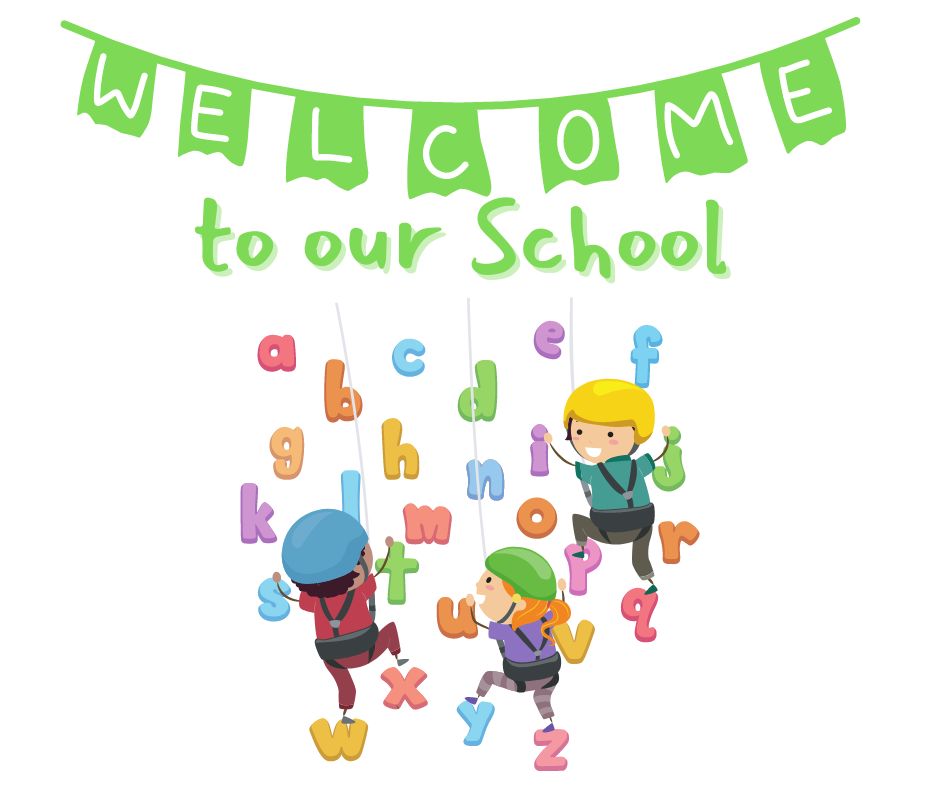
No More Days Off Due to Inclement Weather
Less than two decades ago during the winter months, children would go to bed thinking that the next morning might bring a coveted snow day. In the morning, they’d turn on the TV or radio and frantically listen for their school’s name to confirm the day off – all the while preparing for the day just in case they had to bundle up and head to school.
Today, parents simply check the school’s social media page or receive an email letting them know about school closings. With this increased use of technology comes the possibility of canceling inclement weather days altogether.
HARNESSING TECHNOLOGY
All teachers want is to keep students on track during inclement weather, and technology could make that possible. Widespread access to the internet could make it easier for students to complete assignments online without the need to attend class in person. Many schools provide devices such as tablets or laptops that can be used both in the classroom and at home on school days and when dangerous weather conditions keep students away from the classroom.
Districts across the United States are implementing an end to snow days or days off due to inclement weather. Some state and local legislators are proposing ways to keep kids learning despite dangerous weather conditions.
THE BENEFITS OF CANCELING SNOW DAYS
Advocates of these proposals argue that unpredictable and severe weather can disrupt the well-planned flow of learning. Teachers meticulously schedule their lesson plans, and even one or two days off can interrupt the flow. This forces teachers to cram instruction into a shorter timeframe in an already- packed school year.
Canceling school due to inclement weather also disrupts the academic calendar. A recent article in Edutopia explains,
A series of storms will have cascading effects on school systems. Principals and district leaders have to rework the calendar for the rest of the year—deciding whether to bring teachers and students back and shorten spring break or keep them both longer and extend the end of the year. Both of those options can wreak havoc on family travel plans—plane tickets and hotel reservations are sometimes not refundable.
Families might decide to continue with their vacation plans, taking children out of school for even more days. By setting up a technological back-up plan, the flow of learning is not interrupted and the school calendar remains intact.
THE CHALLENGES OF ELIMINATING SNOW DAYS
While leveraging technology in order to cancel the need for snow days is tempting, there are several challenges in implementing those plans.
One challenge is that not all students have internet access at home. According to the Pew Research Center,
As is true of internet adoption more broadly, home broadband adoption varies across demographic groups. Racial minorities, older adults, rural residents, and those with lower levels of education and income are less likely to have broadband service at home.
Access to education is a right for students, and it would be unfair to expect them to study from home without the proper resources. One way to combat the lack of internet access at home is for schools to provide wi-fi hotspots for students. However, acquiring those devices would require a significant financial investment for schools and districts.
While the idea of canceling snow days is tempting and could help avoid some educational problems such as scheduling and interrupted learning, there are several challenges to be resolved before this dream becomes a reality.
In the meantime, most American students will still have the opportunity to wake up to a white landscape and embrace the joy of a day off from school.





